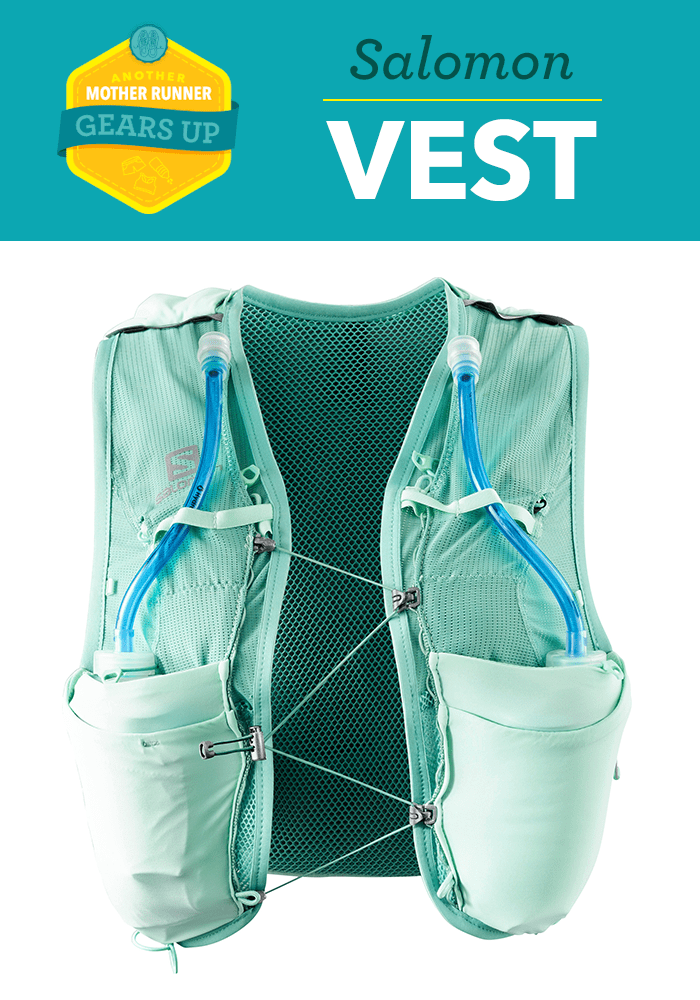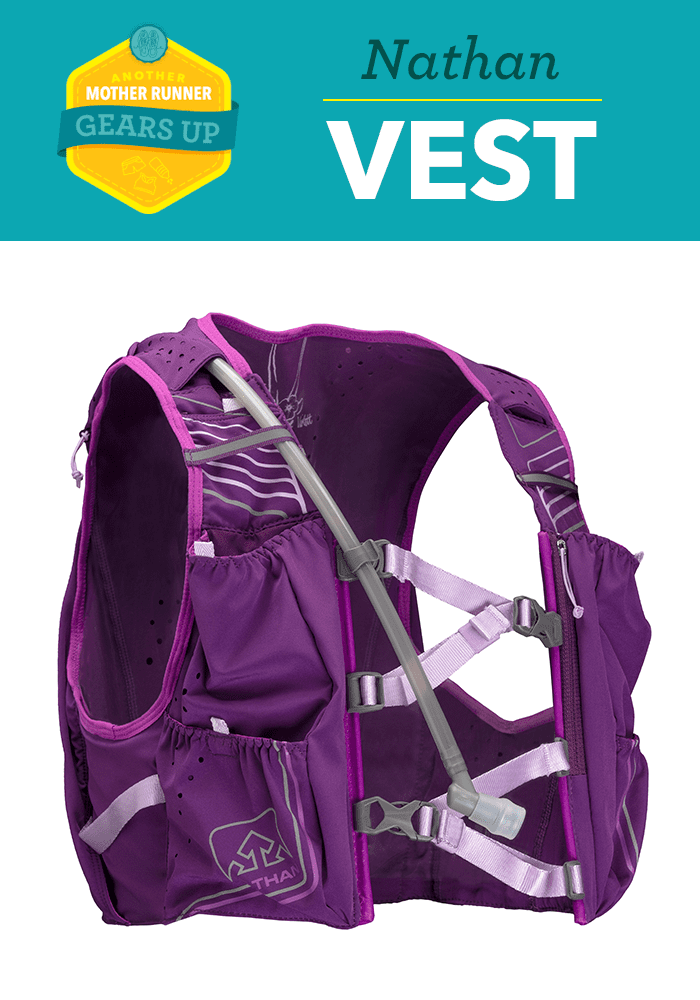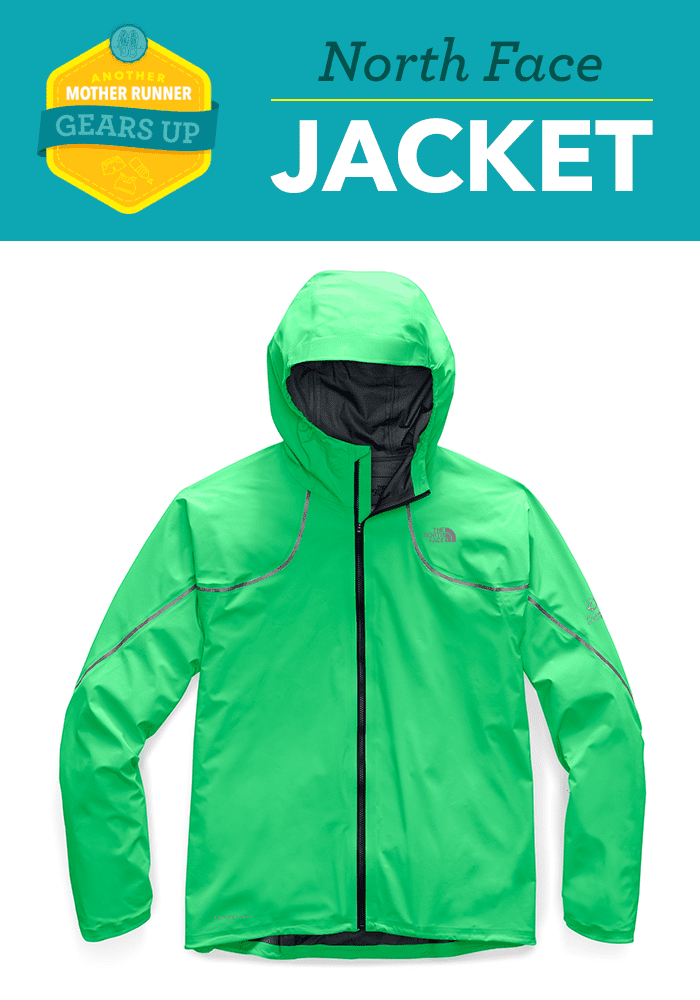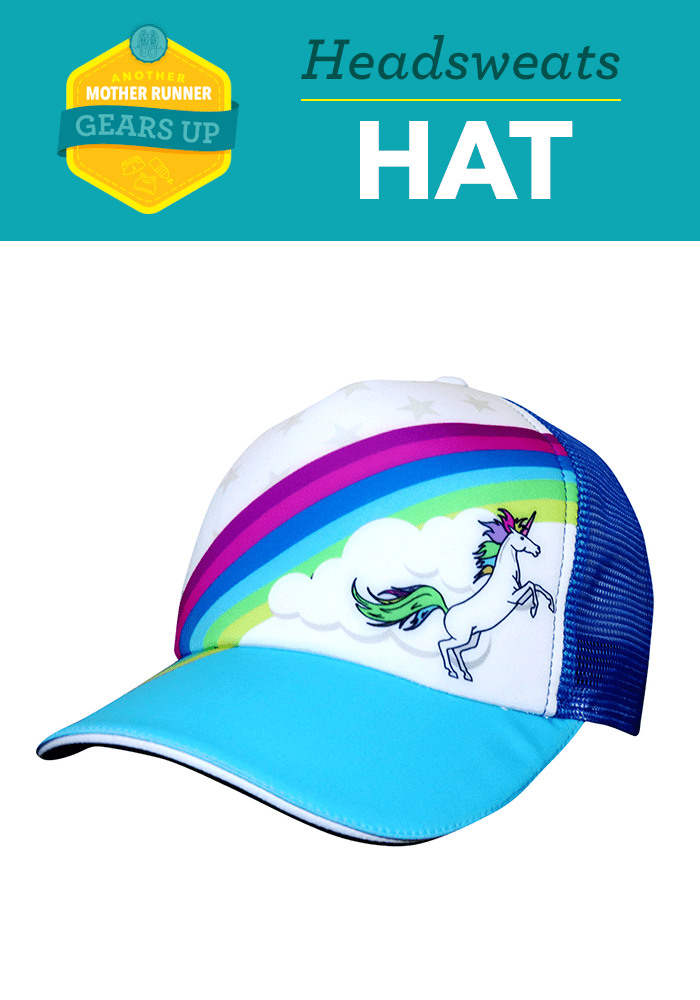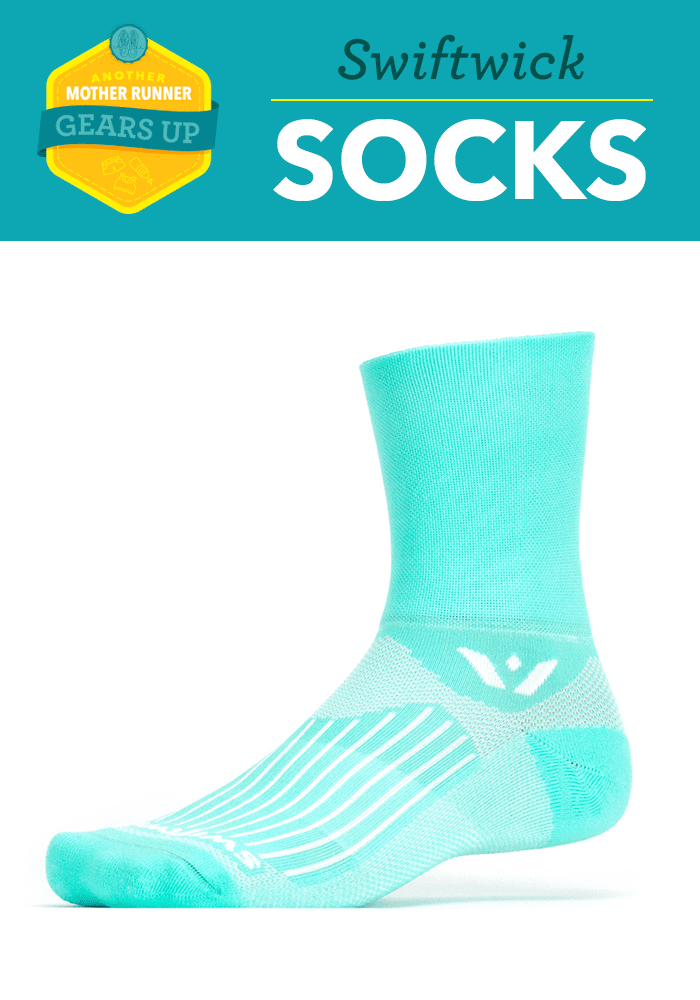Marathon Lessons

50,000+ runners start the New York City Marathon in 4 waves on the Verrazano Narrows Bridge on Staten Island. If you’re gonna do a marathon, this is the one to do. Says me.
Are you running the marathon? Did you run the marathon? How did the marathon go?
If you live within a 100-mile radius of New York City, there’s only one marathon, THE marathon. The week between what the rest of the world calls Halloween and Election Day is all about the New York City Marathon. You see it, hear it, smell it in the air.
And don’t even think of saying, “No, but I’m running the Philadelphia marathon” because … blank stare… How far is THAT marathon?
I first ran the New York City marathon in 1989, which was OMG 30 years ago!
You don’t line up for your first marathon thinking, I’m going to keep doing this for 30 years!

First marathon 1989! Near the 24-mile mark in Central Park. I was 27. So young.
Some people are once and done. (I’m looking at you, Yishane!) Others’ hips, knees, backs give out. (Sorry, Dim.) Families, jobs, responsibilities demand attention. I suppose some people just lose interest after a while.
So when do you stop? This is a question that’s starting to come up among my friends who’ve been running a long time, as we get into our 50s, 60s, beyond.
Eugene Napolitano, a buddy from the local running club, ran his 26th New York City Marathon … in a row! Wow! He’s 73.
Time sneaks up on you. Your baby turns into a toddler who goes to kindergarten and loses her teeth and gets braces and wears only pink and only skirts, then only blue, then only tights and “graduates” from middle school and learns to navigate inexplicable high school hallways and the next thing you know, she’s a 10th grader scowling into her computer every night hyperfocused on homework 110%.
I swore I’d never be a mom who’d say “It all went by so fast!” Especially not during long weekend hours sitting in the Princess tent enjoying a party with guests Dog, Curious George, Bunny and Bunny.
But it is sort of stunning. I feel like I’m in the last 10K of her childhood.

Smiling at Mile 8 in Brooklyn. Photo by daughter Nina, age 15. Thanks, dearest!
There’ve been a lot of miles in between then and now, of course. Pre-kid years when I ran a lot of marathons, starting-family years when I didn’t run much at all. My running superpower—if you can call it that—is the tenacity to keep showing up with a body that’s more or less willing to come along.
How does a marathon go, 30 years later? Well, I’m sure this will come as a huge surprise … a whole lot slower.
And the thing about running slower is it takes a whole lot longer.
Joyciline Jepkosgei, the 25-year-old who won the women’s race within a few seconds of the course record, finished in 2:22:38, which is almost exactly the same time as it took me to run the second half of the race.
Mine is a familiar story to anyone who’s ever run or known someone who’s run a marathon: I felt great in the first miles at what seemed a comfortably conservative pace, then fell off steadily, surely. If I had more desire and drive to push back against the inevitability of age—that is to say, train and eat with more discipline (that is to say, more speedwork and less wine and chocolate)—it’s possible my slowdown would be less precipitous. Meh. Where’s the fun in that?
At mile 20-ish in the Bronx, I grabbed a Coke from enthusiastic spectators. No elixir has ever tasted so delicious in the history of the universe.
As I slowed down—through the bright sunny streets of First Avenue, the Bronx, Harlem and upper Fifth Avenue–I peered into the dark abyss of marathon despair and had a stern talk with myself. No whining! I know how lucky I am. Lucky to have a body that can still plod along, 30 years later, without too much complaint. Good life. Lucky to have a crew—my daughter, my BF, my BRF’s husband and daughter—willing and able to hustle on the subway to cheer and take pictures at miles 8, 17 and 24 and meet me after the finish with a grande green tea latte. Mmmm. Good people.
Good life, good people. That was the mantra that got me to the finish line.

High five near mile 24 in Central Park. Almost done. YAY!
In 30 years, I have learned a few marathon lessons, besides the inevitable slowdown.
*1 Recovery
Takes a little longer with each passing year—it took me four days to be able to rush straight downstairs like a harried mom instead of hobbling toes-pointed-out like a cowboy after a cattle drive across the dusty Plains in a drought year.
*2 The key workouts
Tempo, speedwork, long run become that much more critical if you’ve got any kind of time goal in mind. (I didn’t have a goal OR do the workouts. It showed.)
*3 Adding 10
or 20 or 30 or more minutes to whatever time your misinformed mind still imagines you might be able to run is a smart, dignity-preserving move. (See above.)
*4 And brace yourself
for family and friends who track you on the app and say things like, “WOW! You really slowed down! Are you okay with that?”
So when does a runner quit marathoning? I guess the answer is, when your body won’t cooperate anymore or it stops being fun.
Running my 10th New York City Marathon 30 years after the first would seem like a tidy ending, right? The thing is, it was my 56th marathon, and I’ll be 60 in a few years, and I think it would be cool to do my 60th marathon in my 60th year. And THEN I’ll quit (oh, sure).
That means I’ve got four more marathons in me. Soooo… what to do?
Do you have one “dream” marathon? Forgetting cost, logistics or family—we’re just dreaming here. What would you do?
WHICH MARATHON(S) SHOULD I RUN?
#388: In-Person Conversation w/ Boston Marathon Race Director

-his 3,452-mile saga of running across America in 80 days recounted in his new children’s book;
-how Boston-qualifying time standards reflect the “pursuit of athletic excellence;”
-how he puts his motto “My game; my rules.” into action;
-running seven marathons on seven continents in seven days (!);
-how he tried to sidestep his genetics to reverse his coronary artery disease; and,
-his annual tradition of running from Hopkinton to Boston largely on his own after all the other Boston Marathoners have long since crossed the finish line.
Get two leggings for only $24 at Fabletics.com/amr
Take a deep breath: Get 25% off a Calm Premium subscription at Calm.com/amr
Enjoy $30 off at EMBRWave.com/amr
AMR Gears Up: Trail Running Gear
Trail Accessories: the next edition of Another Mother Runner Gears Up. We have #motherrunners put key running gear to the test, then deliver the results so you can grab the gear that works best for your running and body.
First, the good news: adding trail miles to your weekly running doesn’t mean you have to buy all new gear. You certainly can (and to that end, we’ve included our favorite trail running accessories below!), but for the most part, standard running clothes work for both road and trail.
That said, there are certain pieces of gear that definitely help as you traverse hills, roots, and rocks. A hydration vest is one of those things. With packs and vests, it all comes down to fit. Take your time when purchasing, try them on, run on a treadmill if it’s an option, and be sure to wear running clothes for the try-on so you know how it works with your standard kit.
After years of running ultras, stage races, a Grand Canyon rim-to-rim-to-rim crossing, up and down 14ers, and for the sheer joy of it), Allison Pattillo, our Gear Review Editor’s, knows what gear works best. This is her go-to trail running gear collection.
 Salomon Adv Skin 8 Set
Salomon Adv Skin 8 Set
It’s taken me a while to accept the concept of hydration packs with front placed water bottles—when I was already dealing with my chest and front pockets full of snacks, the last thing I wanted to add was water bottles and straws. However, this pack won me over. The design is intuitive and sleek, and the two soft flask water “bottles” that come with it are angled to stay out of the way of boobs. There are even shoulder pockets for the straws to keep them out of the way as well. If soft flasks aren’t for you, this pack is also bladder compatible.
The female-friendly details continue with two way stretch fabric, as well as a feminine cut (think shorter torso and more narrow shoulders) and closures that work with your body for a comfortable fit on the go. Plenty of pockets complete the package, which offers total storage of 8 liters.
Price: $145
Grab it here: salomon.com
 Nathan VaporHowe
Nathan VaporHowe
The signature pack of the Train Like a Mother Club’s Ultra Coach Stephanie Howe, the Nathan VaporHowe comes in with 12 generous liters of storage space. This body-mapped, vest design features a 1.6- liter insulated bladder for those of you who prefer the bladder and hose hydration delivery system. (For me, it now depends upon where I’m going whether I take a bladder or bottles. If I can refill as I go, I choose bottles. If I’m carrying everything I need, a bladder it is.)
Since I’m not the most organized packer, I appreciate the large stuff pocket on the back of this pack, as well as the dedication smart-phone pocket that is both water-resistant and secured with a zipper. This pack also has an internal compression system so you can cinch down all your water and gear for a dialed fit.
Price: $159.99
Grab it here: nathansports.com
 The North Face Women’s Flight Futurelight Jacket
The North Face Women’s Flight Futurelight Jacket
When running up and down in elevation and in iffy weather, a jacket becomes essential. If you’re done with crinkly, clammy running jackets that wet out after an hour, this coat is for you.
Yes, it’s an investment–we can’t argue with you there. However, once you put it on, you’ll understand. Not only is it waterproof and windproof and breathable, but it’s also stealth-like in its silence. In fact, you’ll be able to sneak out the door on a rainy morning without waking up your dog or family. At least not because of the coat. If you trip over the dog in the pre-dawn darkness, then there’s nothing about the hooded jacket’s packable design or surprising softness that’s going to get you out the door without a ruckus.
Price: $280
Grab it here: thenorthface.com
 Headsweats Performance Trucker Hat
Headsweats Performance Trucker Hat
A hat is just a hat until you find one that wicks sweat, looks good (hello fun designs!), and is super comfortable as well. This one is adjustable with a soft, wicking terry sweatband, mesh panels to dump heat and moisture, and is black under the visor to help cut down on glare, which is especially nice as you pass from shade or dappled light to a sun-drenched meadow.
Price: $26
Grab it here: headsweats.com
 Swiftwick Aspire Four
Swiftwick Aspire Four
Here’s a secret: these socks are actually marketed as cycling socks. And I wear them for that too. But I love them for running because they have just enough compression to help my feet and ankles feel more energized on long outings. The higher height also keeps grit out of my socks, protects from scratches and stays put. You’ll see trail runners sporting everything from sandals to compression knee-high socks. The right style is what works for you, and the combination of a secure fit, cushion, and breathability means these are always at the top of my sock drawer. Even better, they now come in fun colors beyond basic black.
Price: $17.99
Grab them here: swiftwick.com
 Buff CoolNet UV+
Buff CoolNet UV+
In case you’re wondering why Buffs are an enduring accessory with trail runners, it’s because of their multi-functionality. One seemingly innocuous piece of gear (save for all the bright colors!) can protect you from the sun; keep dust out of your face (essential when charging on dusty trails or going by mule trails in the Grand Canyon); keep you warm or cool; be a hat or a headband; bandage cuts or scrapes, and more. Buffs can stretch out over time. That said, some of mine are at least 10 years old, but I’m ready to trade them in for this updated fabrication with UPF 50+ and odor protection.
Price: $24
Grab it here: buffusa.com
Check out all of the AMR Gears Up columns here!
Did we miss your favorite trail accessory?
Let us know in the comments below!
AMR Gears Up: Hit the Trails, Part I

Photo Credit: Allison Pattillo
Trail Running 101: the next edition of Another Mother Runner Gears Up. A little twist on this column: Allisson Patillo, our Gears Up Editor, gives us the 411 on trail running and all of the tips she’s picked up along the way. Later this week, she’ll share her favorite trail gear.
Running is running, right? Yes, but…. it also depends upon the surface. With road running, you contend with cars, curbs, and crowned roads (the worst). If you stick to sidewalks or gravel paths, avoiding people can be the challenge.
With trail running, you navigate roots and rocks, uphill and downhill terrain, as well as mud, different surfaces and trail obstacles. Running is wonderfully simple at its core, yet there are times and conditions that require a more technique-driven approach.
We went on a trail run with dad and professional runner Max King and other members of his Salomon team while in Manitou Springs for the Pikes Peak Ascent to get useful tips for taking your running off-road.

Photo Credit: Allison Pattillo
GOING UP
Guess what? Even the pros taking hiking breaks!
Road or trail, going uphill is hard. And when it’s really steep or a long climb, hiking or power walking may be faster than running. That doesn’t mean take it easy–you’ll still be pumping your arms and firing your glutes as your main muscle driver. When the trail turns up, King says it’s important to slow down and shorten your stride, while finding a pace you can maintain.
If you’re heading up a steep climb with the added challenge of higher elevation, that may mean more hiking than running to accommodate the thinner air. As the terrain gets steeper, make sure your toes, knees, and nose are in alignment with feet landing under you, not in front of you, and that you keep your chest open to get more air. A more compact stride and upright body position help with both nimbleness and efficiency as you head uphill, no matter if you’re running or power hiking.
DOWNHILL DREAMING
The secret to running downhill is to relax and have fun! Sometimes that’s easier said than done.
If you’re tentative and land on your heels (my tendency) your feet may slip out in front of you, especially on loose terrain. Instead “accept the downhill.” This means be dynamic on your feet like a boxer with quick, light steps. Think about landing on your forefoot for more of spring-like (Tigger-esque) responsiveness. You aren’t absorbing the ground under your foot, so much as you are rebounding off of it.
Your feet will follow your eyes, so plan to watch three to five steps ahead of where you are instead of at the ground directly in front of you. Remember, just like in cycling and skiing, look where you want to go, NOT where you don’t want to go! Another trick is to use your arms, not necessarily to grab things, but instead spread them out, and use your wingspan to provide balance and enhanced body awareness.
TERRAIN AND CONDITIONS
Whether you are heading up, down, or simply cruising along, it’s important to work with the terrain. For example, if there’s a log or rock in the trail, it takes less energy to glide over it than it does to step up and step down on the other side. Also, running surfaces are always changing, so pay attention. Rocks can be a solid place to step, at least when they are dry. If it’s been raining or snowing, you may look to dirt or mud for foot placement. On loose gravel, take a couple of light steps until you find a solid foundation. This is a great time to let your inner kid play with the elements along the trail, almost like parkour, to help you turn, slow down, or simply have more fun.
MAKE IT A FAMILY AFFAIR
In addition to being a dad, King leads youth trail running camps to introduce kids to the sport. “Trail running is a whole different world than cross country and track,” says King. “I want to get kids outside and open their eyes to what else they can do with running.” As for his own children who are younger, King says it’s all about having them enjoy being out in nature. Start by taking your kids to hike your runs, then let them pick up the pace for short distances, if they are so inclined.

Photo Credit: Allison Pattillo
DO IT FOR YOU
While your road or track miles may be judged by the time on your watch, trail miles give you the opportunity to let that go. Use trail miles as an opportunity to leave your watch at home.
Instead, simply go out and enjoy the adventure of it (after letting someone know where you are going, of course). Sure, it may take a little longer, and that’s okay because being out in nature is also incredibly relaxing and restorative (talk about a good reason to go!). If you feel bad asking your partner to watch the kids, use new parents (and arguably the best trail and mountain runners around, Emelie Forsberg and Kilian Jornet) as your guides. Not only do they carefully plan training schedules in advance to make sure both parents get the training time they need, they often take their daughter to watch while the other parent is competing.
Check out all of the AMR Gears Up columns!
#387: Talking Body Positivity + NYC Marathon
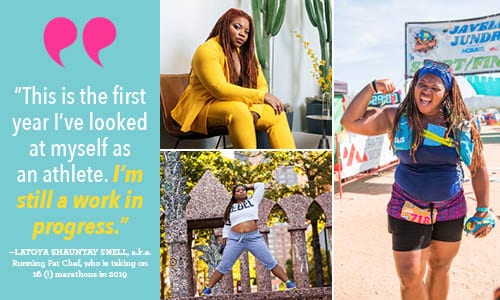
-how numerous health problems led her to become a runner (and how a palm reader foretold it!);
-the story of a heckler fat-shaming her during the 2017 NYC Marathon;
-how she finally started calling herself an athlete;
-numerous insider tips for running the NYC Marathon, which she is tackling for the fifth time this Sunday!
In the intro, the #DanceMoms shares stories of their twinkle-toed offspring, including Sarah’s son’s professional dance debut. Latoya joins the show at 17:20. (And be sure to listen to bonus content at the very end of the show!)
Save 15% off by using code AMR at checkout on naturesgemcbd.com
Get started today at StitchFix.com/KIDS/AMR to try Stitch Fix with no styling fee and get an extra 25% off when you keep everything in your box!
Homer creates a personalized learn-to-read plan for your kids ages 2-8: Visit LearnWithHomer.com/AMR to start a free 30-day trial.



